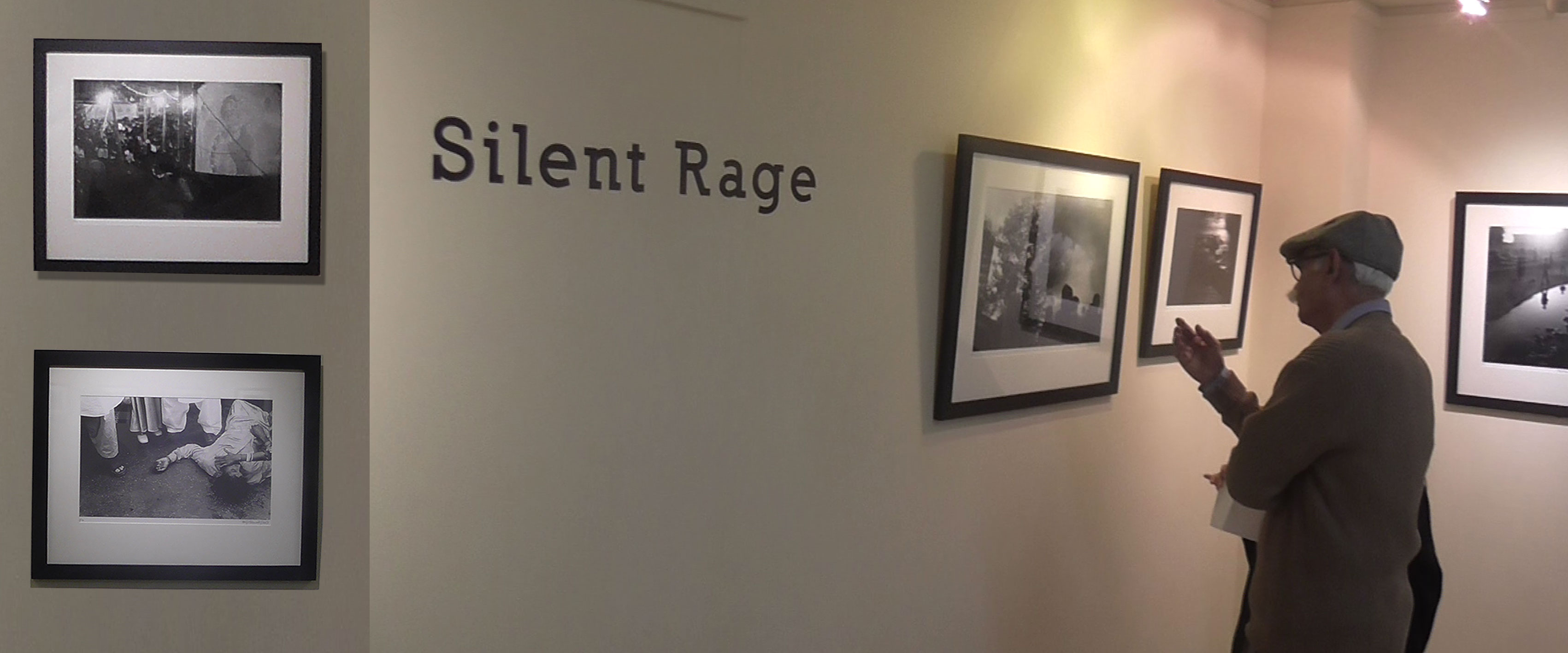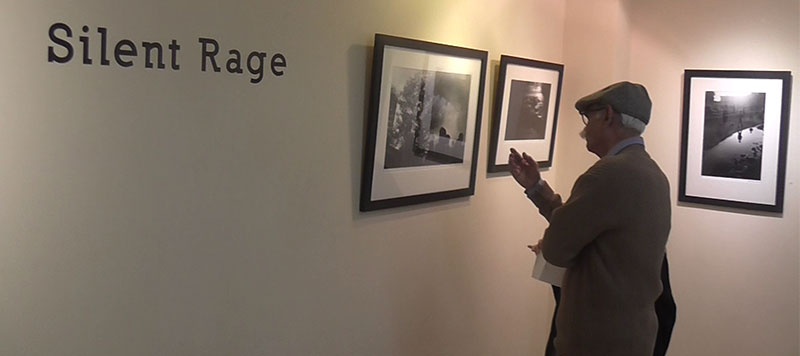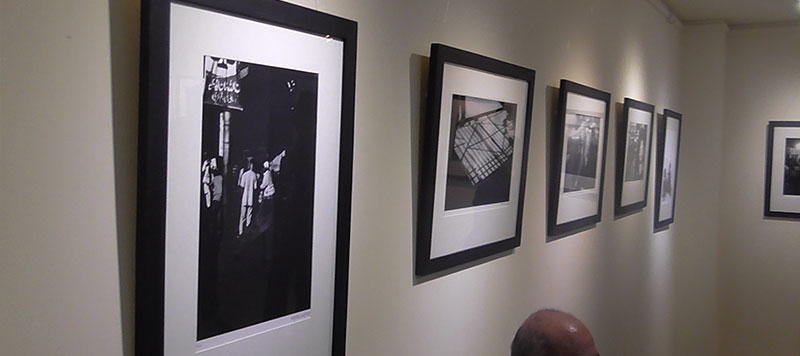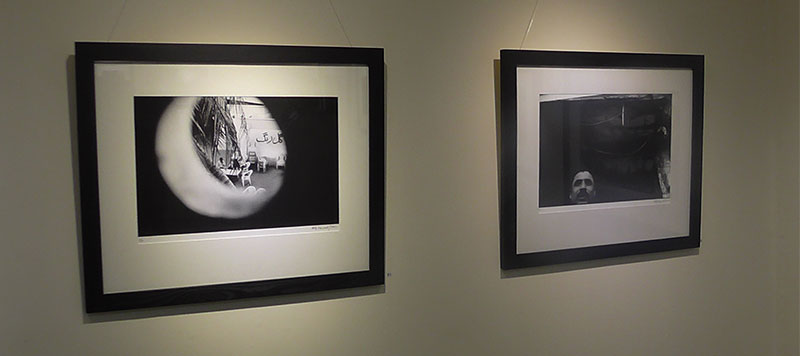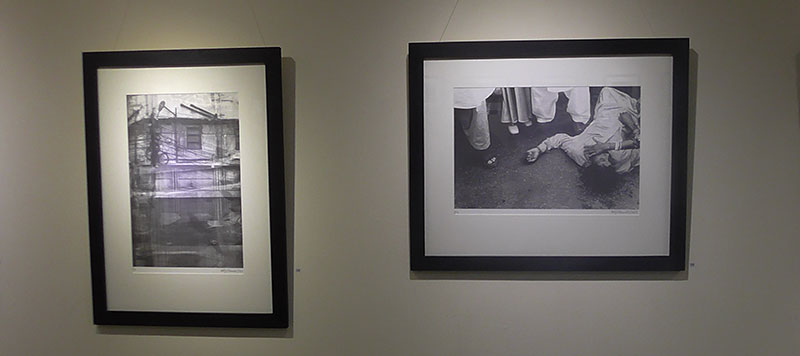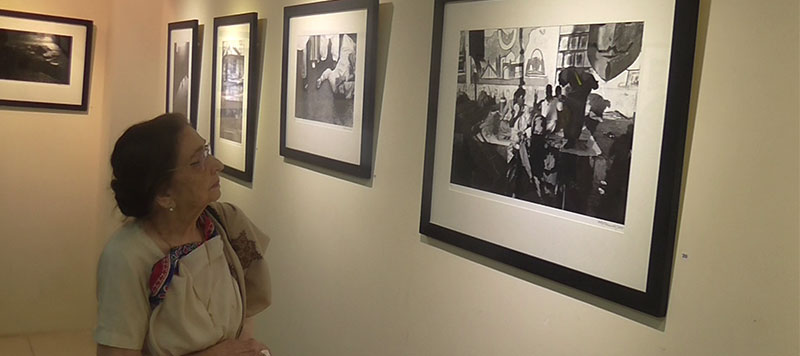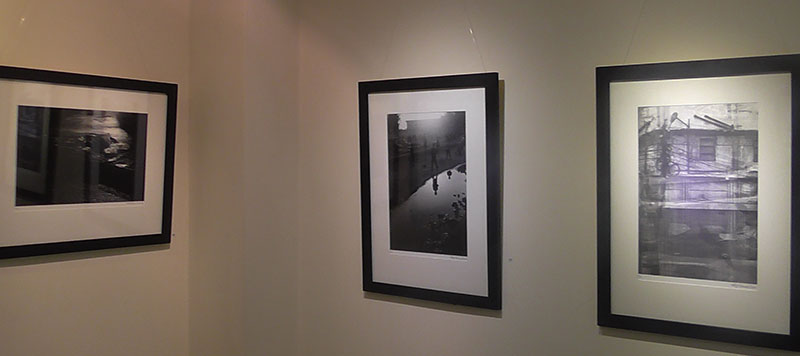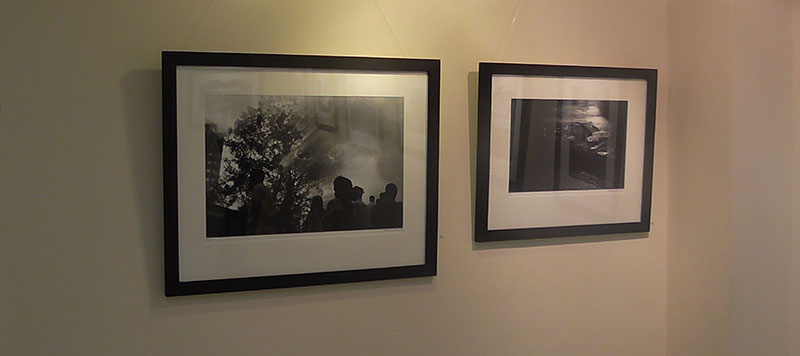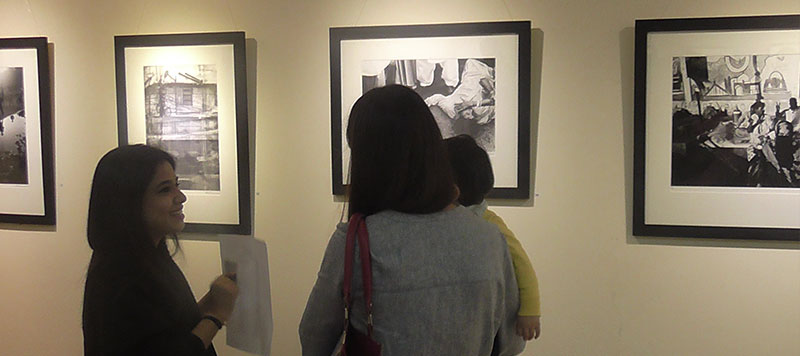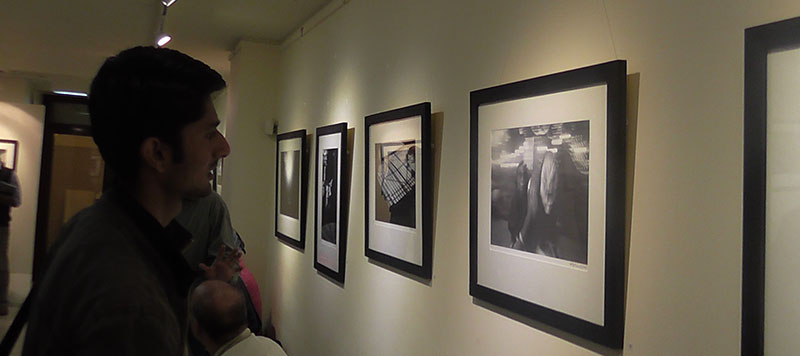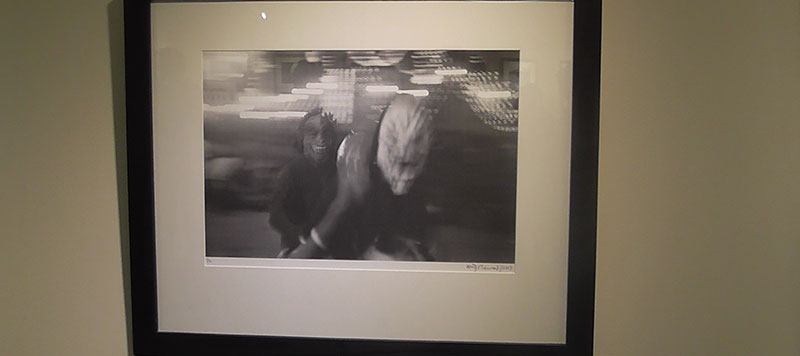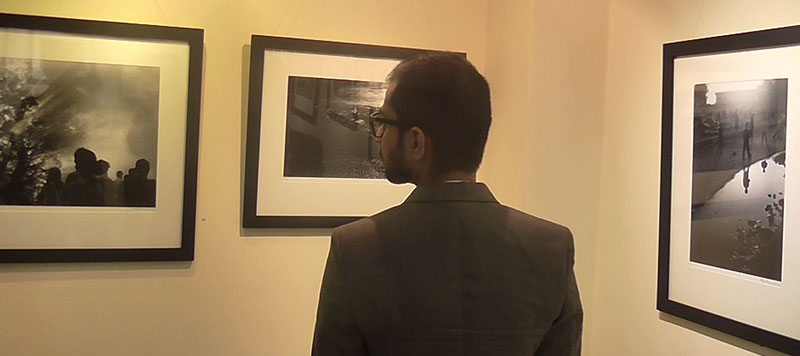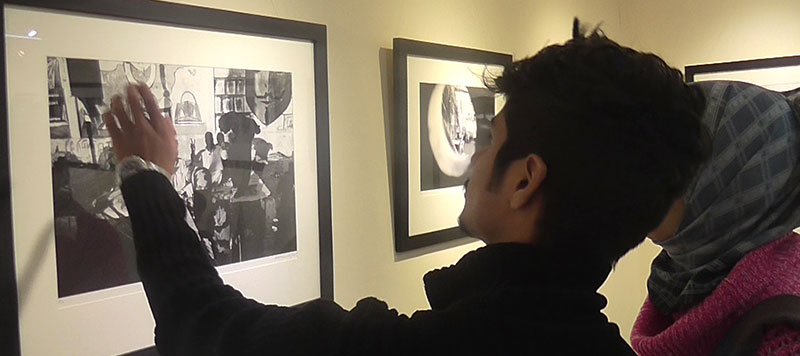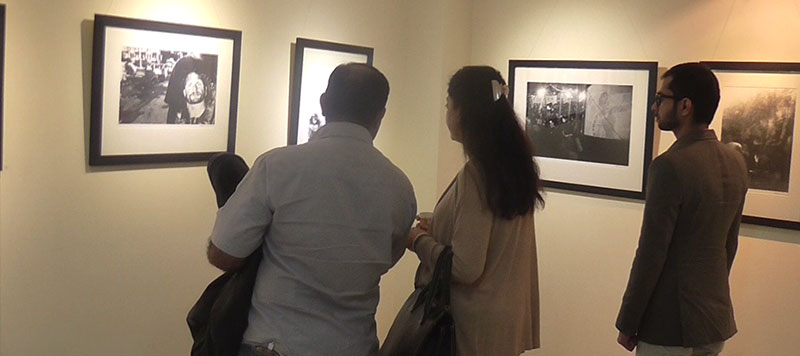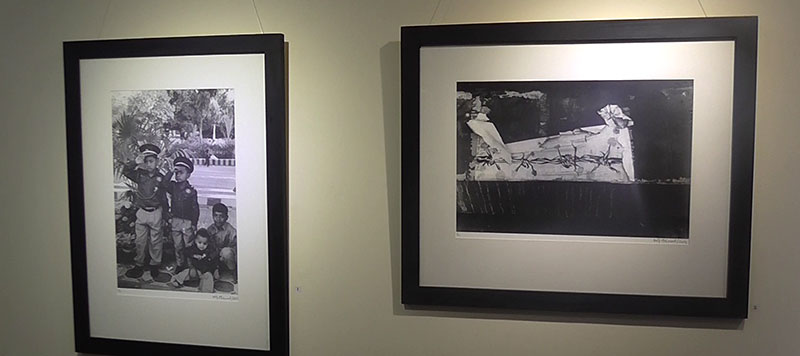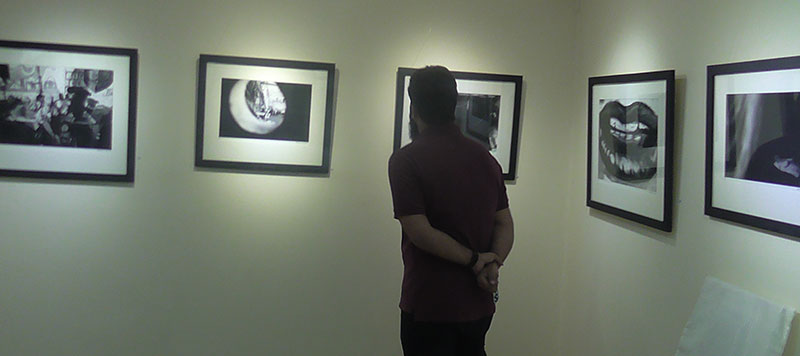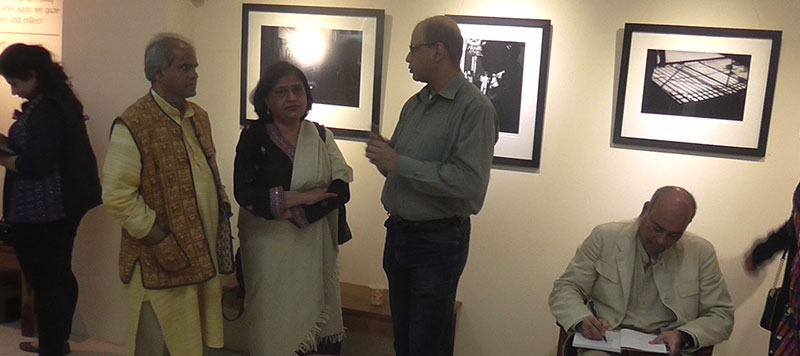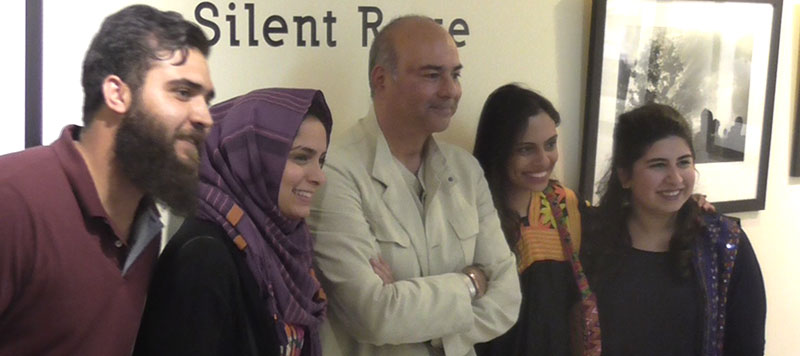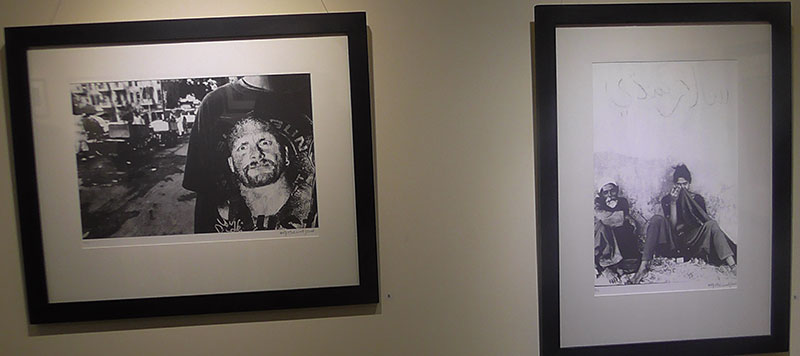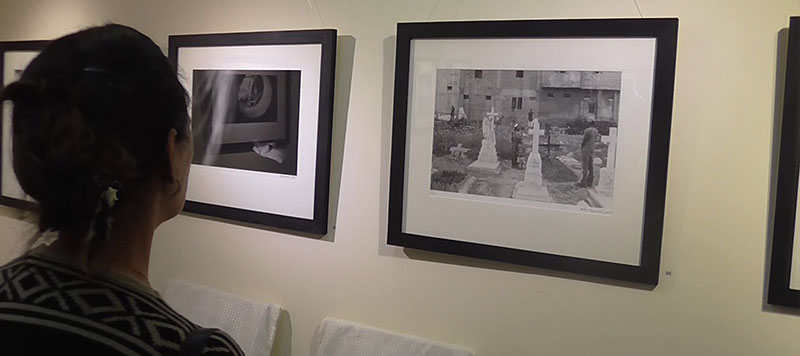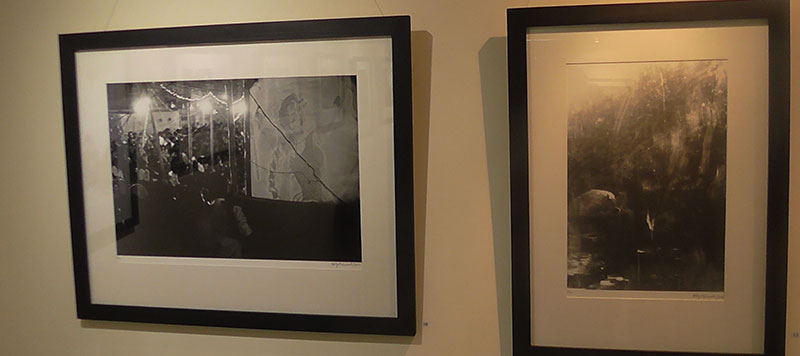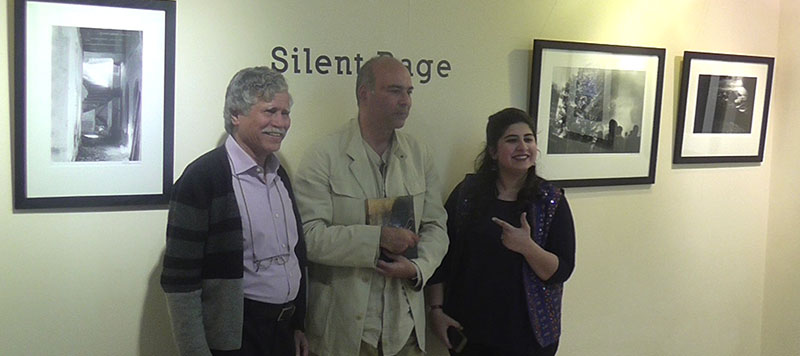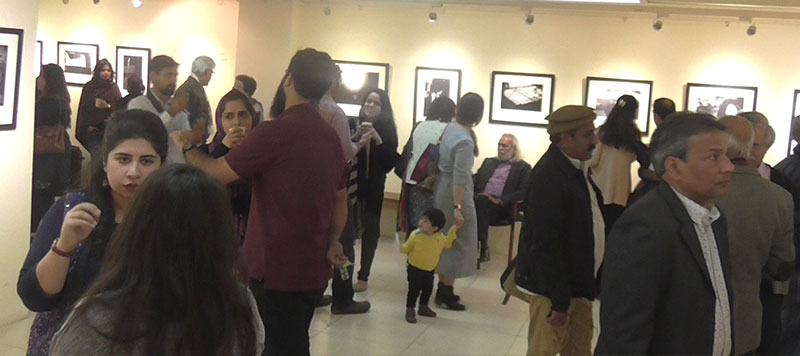Silent Rage
By FT Correspondent
On 17th Jan 2017, FutureToday covered its first event for 2017 at Chowkandi Art Gallery that hosted Arif Mehmood’s book launch and a photo exhibition of his final book in the series he had been working on since 2013. Right at the entrance of this photo gallery, I was greeted by these lines and the level of intrigue shot right to the sky.
“We see the rage and turn away, We keep it for better days, We gaze at the present and collect.”
Living in a metropolitan city, with its range of opportunities that strike and stir anger, frustration, stress and offense, these lines I knew were plenty relatable. Sadly, since we as a nation have left issues of violence, hatred, marginalization of certain groups and indifferent or disastrous policies to be dealt by a group of few we may or may not have elected, the collective desensitization or in some cases aggression as reaction is very apparent.
The exhibition however was not one that demanded a ‘tabdeeli’ like many of us do or hear others going on a full-blown rant on these days. No… this was a reflection; a walk down that lane of stimuluses of anger and frustration that hits us every day in many forms and which most of us just continue suppressing. The array of photos was disturbing, saddening, downright depressing and some induced smiles that we knowingly shoot to friends we never made.
Arif Mahmood has photographed for most magazines and newspapers of the country and has featured in international publications and is presently working as the Chief Operating Officer at White Star Photo Pvt Ltd. When asked how he juggles his profession with his passion he humbly thanked his stars for doing for a living what he truly enjoys and acknowledged the growth in his work as his mental lens matured with time. He holds a senior position of supervisor at White Star and so gets enough time to indulge in what he wishes to do personally.
Among the prominent spectators available, we spoke to Atiya Dawood who appreciated the pictures on display for their expressions, both subtle and loud with the added depth given to them by being in black and white. She found that the characters of the pictures spoke of their realness and relatability and also remarked that art is different for many because everyone perceives what is allowed by their experiences. The job of the artist is to be able to explain the extraordinary in the seemingly ordinary. Khuda Bux Abro appreciated Arif’s work but lamented how the only art form previously celebrated or entertained by this city was the commercial kind. He saw the photo-exhibition of this nature as a positive sign and looked forward to other art forms, like the graphics, to soon be put up for viewing.
A short gathering but one that consisted of art lovers, it was an hour well spent.
